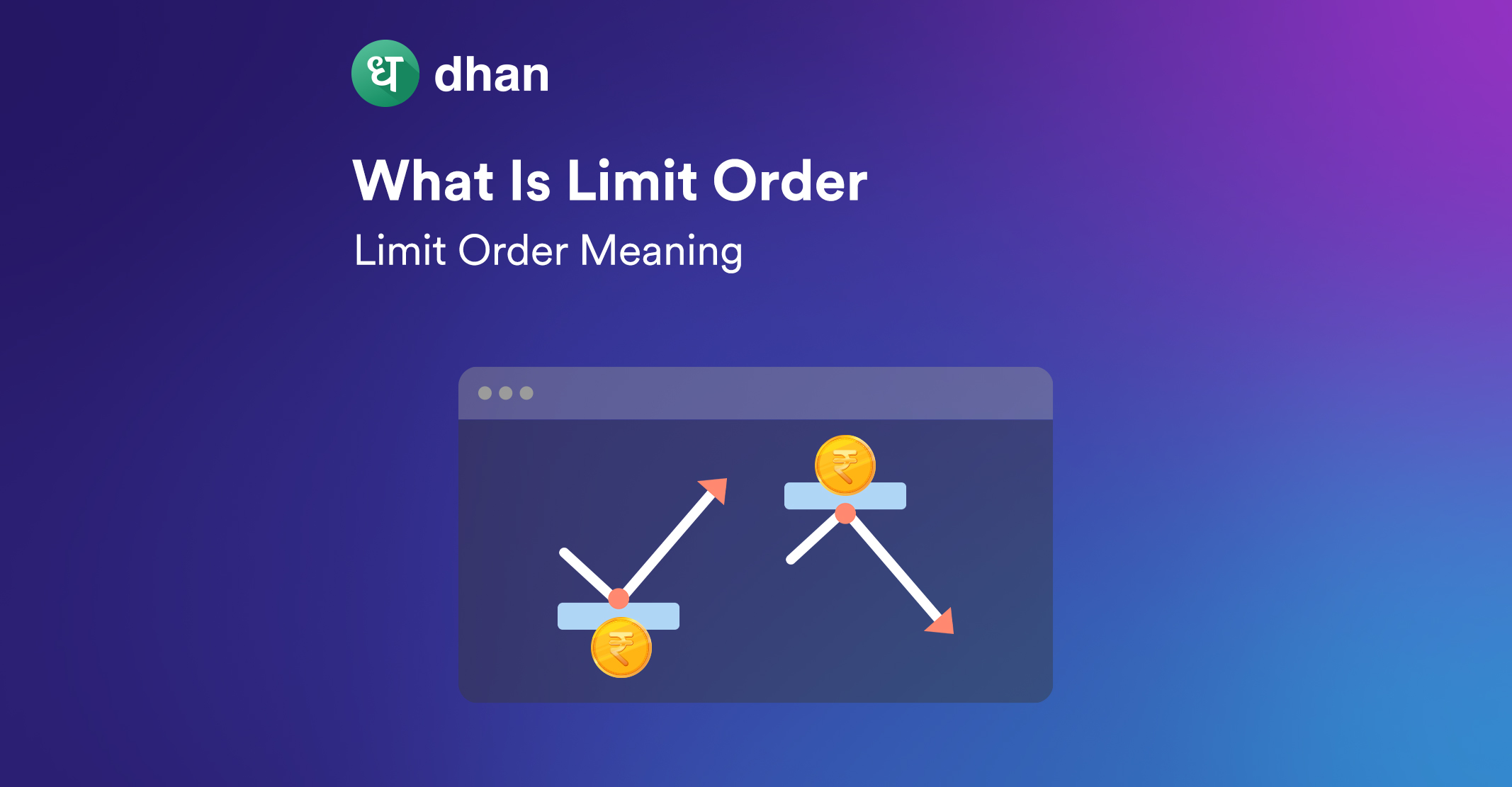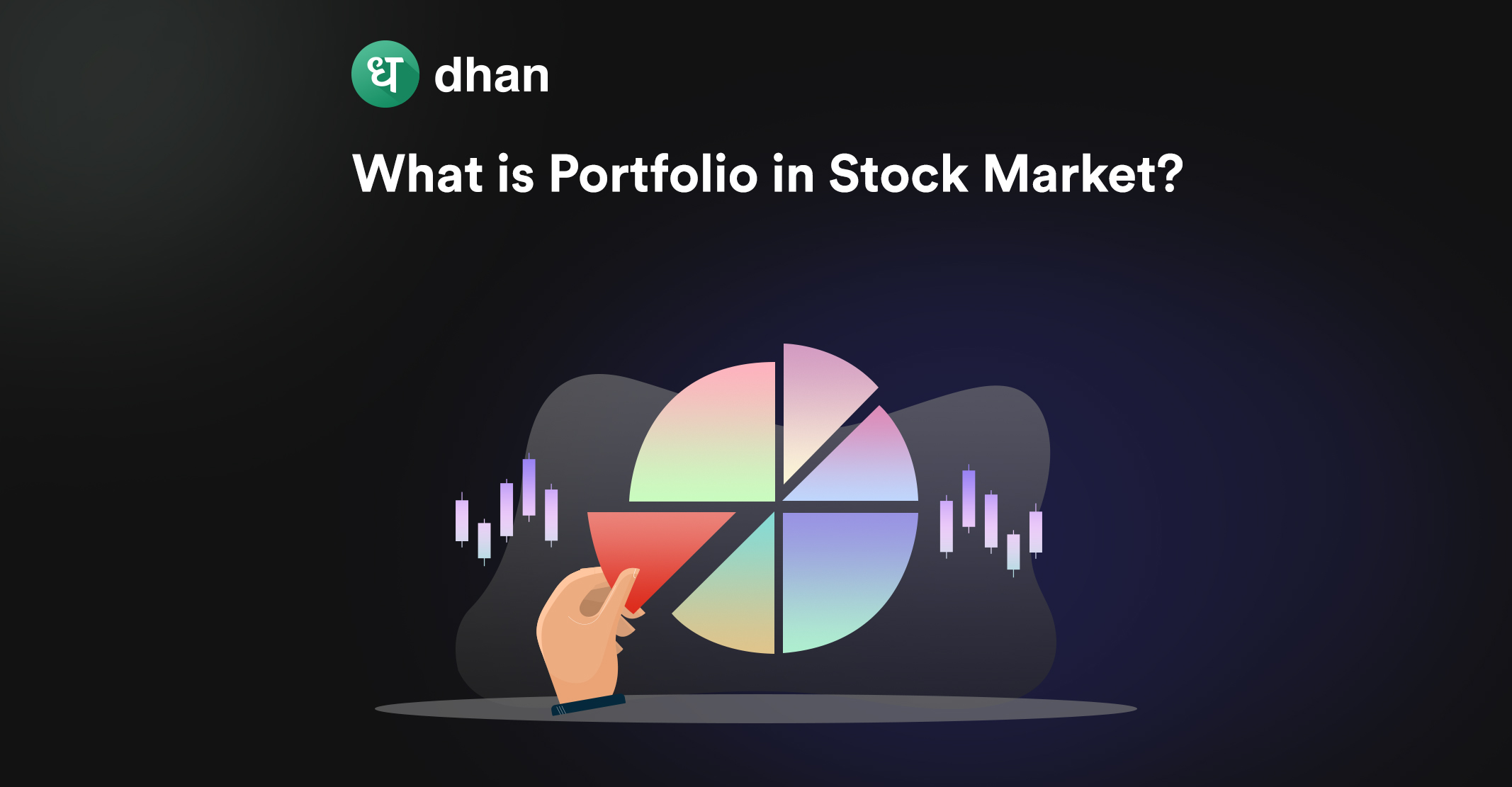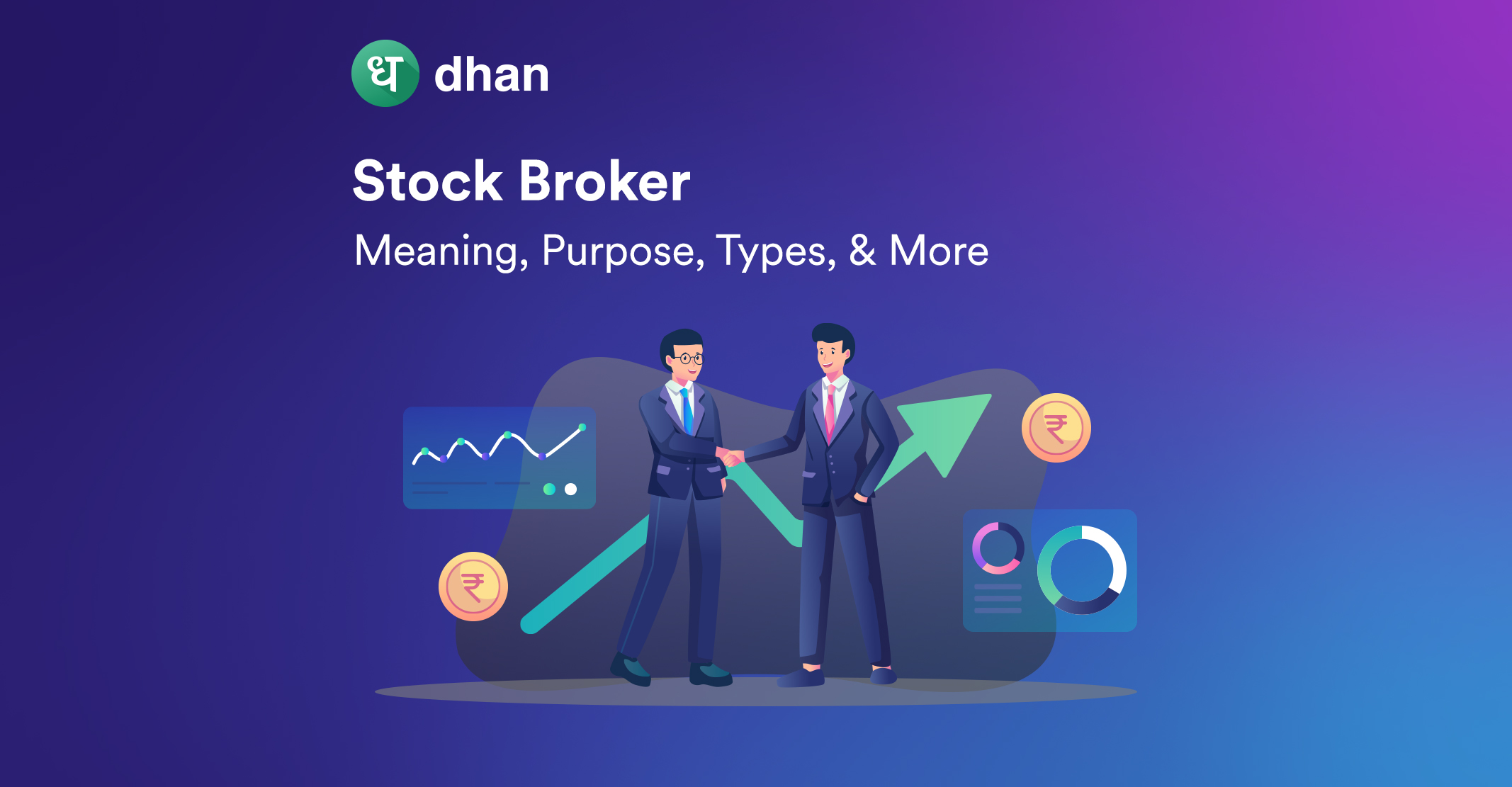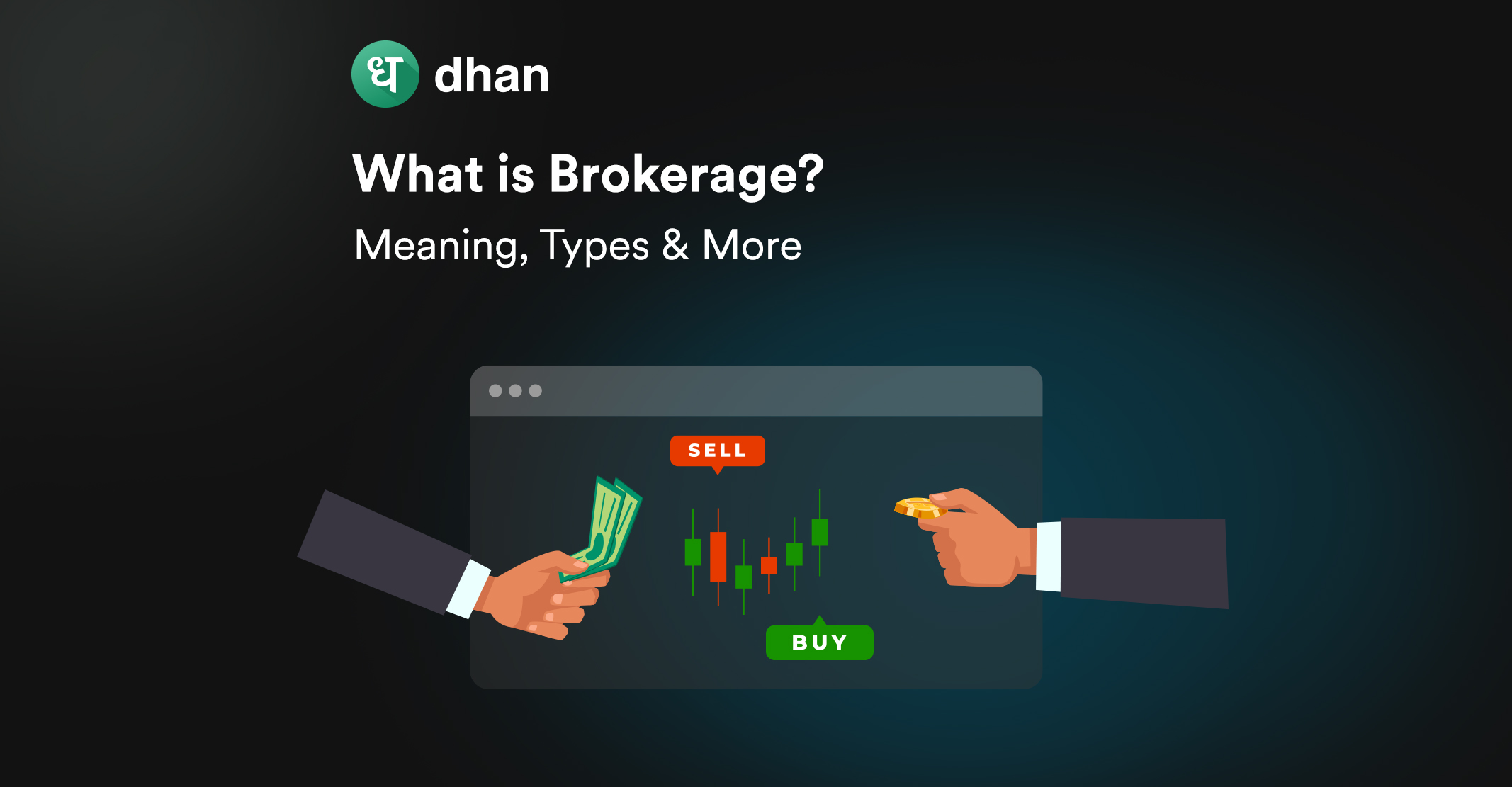Success in the fast-moving world of trading and investing requires an understanding of various types of orders in the stock market. A limit order is one such essential tool.
Limit orders are placed when a trader or investor has a specific price in mind, beyond which execution doesn’t fit well with their target for the trade.
This article is to answer all your queries regarding what is limit order: limit price meaning, how it works, what are the benefits, and much more!
What is a Limit Order?
A limit order is a set price at which someone wants to buy or sell. It lets you choose the exact price for buying or selling an asset, ensuring the transaction occurs at the set price or better.
This type of order gives you control over how your trades are executed, enabling you to navigate unstable markets and take advantage of opportunities that may arise at different price levels.
However, the execution of trades is not guaranteed in a limit order due to two reasons. One, the market may not reach the specified price. Two, the desired price may never be reached.
By the way, limit orders form a crucial component of other broader order types such as Bracket Orders.
Read about our recently launched Bracket Orders for Options trading on Dhan Community!
How Does Limit Order Work?
A limit order operates by enabling a trader to set a specific buying or selling price for a financial asset.
In a buy limit order, the buyer of an asset designates a maximum price they are willing to pay. The order will execute only if the market price reaches or falls below this set price.
For example, when a buy limit order is set at Rs. 900 for an asset, the buyer will only buy if the price reaches Rs. 900 or lower.
Conversely, in a sell limit order, the investor sets a minimum selling price. The order executes when the market price reaches or exceeds this predetermined price.
For example, when there is a sell limit order at Rs. 1100, then the seller will only sell the asset if the price reaches Rs. 1100 or more than that.
Great, but what if you want to execute a sell order at exactly Rs. 1100? Then you need to combine a sell-side limit order with a trailing stop loss.
There may be slippage wherein the limit order may get fulfilled but with a slight difference in the anticipated price and actual execution price.
The reason for slippage can be any such as market volatility or delay in order execution but still a limit order is way more beneficial as compared to a market order.
Slippage is the difference between the expected price of a trade and the actual price at which it is executed.
Understanding the Limit Price with Practical Examples
As you know by now, you are required to enter the precise price at which you are ready to buy or sell a financial instrument when executing a limit price order.
For a buy limit order, you will set a maximum purchase price that is below the current market value. The order will execute only if the price drops to or below this set price. The logic here is to buy low and sell high.
A sell limit order, on the other hand, includes establishing a minimum selling price above the going rate. It is possible to precisely manage trade prices in the market since the order of selling will be fulfilled when the price reaches or exceeds the stated limit.
Let us have a look at these practical examples.
Buy Limit Order: You place a buy limit order at a price of ₹480 to buy 100 shares of XYZ company which is trading at ₹500. Your purchase order is carried out when the stock price reaches ₹480 or below that.
Sell Limit Order: You decide to sell 50 shares of XYZ company, which is trading at ₹750 by placing a sell limit order at ₹800. when the share price reaches ₹800, your shares will be sold out automatically giving you the profits.
If in case the market price does not match with the set limit price for buying or selling an asset, then the order will remain active till the expiry date of the order.
You can either modify or cancel the order anytime before the expiry of the order. The important thing to note is that limit orders come with an expiry, which is typically a day. You can place limit orders for up to a year using Forever Orders.
Benefits of Using Limit Orders in Trading
Here are the main benefits of a limit order:
1. Price Control
Traders can set the exact buying or selling price, ensuring transactions occur at preferred price levels. This accuracy is necessary for capturing opportunities and preventing undesirable price execution.
2. Profitability
Execution occurs at the specified limit price or better, minimizing potential losses and maximizing gains. Profits can be increased with the help of technical analysis and then setting up a limit order price.
3. Trading Discipline
Prevents impulsive trading, promoting a structured and strategic approach by executing trades based on predetermined conditions. It helps to achieve long-term trading goals.
4. Protection from Volatility
Guards against sudden market fluctuations by only executing trades at predefined favorable prices. It leads to better risk management and improved profits.
Limit Order vs. Market Order: Key Differences
A limit order provides price control by allowing you to select a specified price, and the transaction only takes place if the market hits that price.
In contrast, market orders include real-time, on-the-spot execution of the order at whatever price is prevailing in the live share market. Let’s understand the major differences between the order types.
| Point of Difference | Limit Order | Market Order |
| Execution | At specified or better price | At current market price |
| Price Control | Significant control over transaction price | No control over transaction price |
| Certainty of Execution | No guarantee of immediate execution | Guaranteed immediate execution |
| Strategy | Based on specified price | Immediate and fast |
Both these order types have their advantages, which one to select depends on your individual preferences.
Conclusion
Limit order is an extremely helpful order type in trading that gives you greater control amid market volatility, by specifying the exact price for asset purchases or sales.
This is beneficial for strategic trading and helps minimize the risk of missing out on opportunities. However, use technical indicators, fundamental analysis, and other research tools to make informed decisions.
Like this? Then you’ll love:



